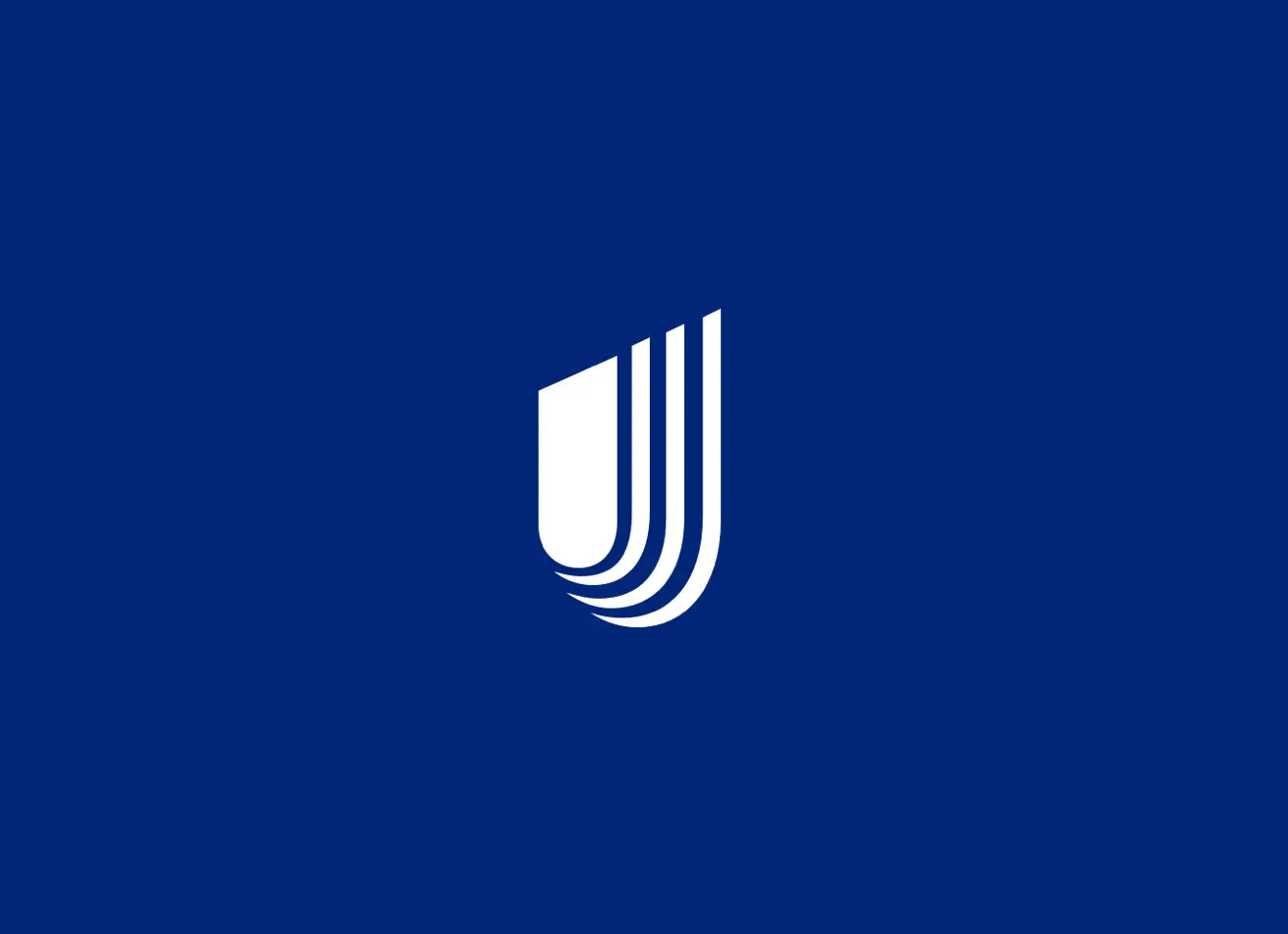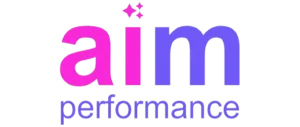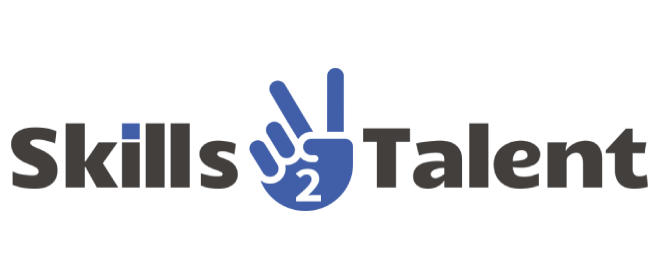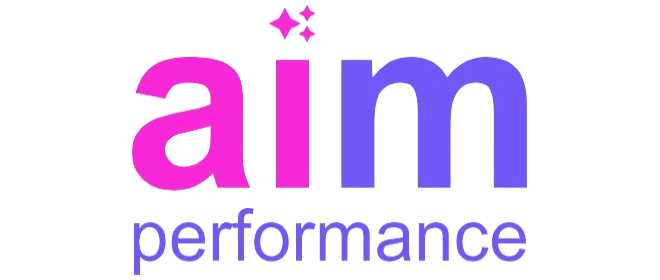In today’s fast-paced industrial environment, continuous improvement is key to staying competitive. For companies relying on blue-collar workforce, enhancing processes can significantly impact overall productivity and efficiency. Performance management offers a structured approach to identifying and implementing these improvements. By setting clear goals, providing regular feedback, and aligning employee performance with company objectives, businesses can achieve sustained process improvement.
The Importance of Process Improvement for Blue-Collar Workforce
Process improvement in blue-collar work environments, such as manufacturing and logistics, directly impacts the bottom line. Streamlined processes reduce waste, increase output, and improve safety. However, these benefits don’t happen by chance. Performance management plays a critical role in systematically identifying inefficiencies and areas for improvement.
Blue-collar employees are often involved in repetitive tasks, where minor inefficiencies can accumulate into significant losses. Through regular assessments and feedback loops, performance management highlights bottlenecks that can be addressed, helping improve workflows and creating a culture of continuous improvement.
Defining Performance Management for Blue-Collar Workforce
Performance management for blue-collar employees involves setting clear, measurable objectives and tracking progress toward achieving them. This process includes regular performance evaluations, feedback sessions, and the use of key performance indicators (KPIs). When effectively implemented, performance management aligns individual performance with broader organizational goals, ensuring that each employee contributes to process improvement.
In blue-collar settings, where tasks can be physically demanding and time-sensitive, performance management ensures that employees are working efficiently. It also helps managers understand the strengths and weaknesses of their teams, allowing for targeted interventions that drive process improvement.
Identifying Process Bottlenecks Through Performance Data
One of the most significant ways performance management helps in process improvement for blue-collar employees is by providing data. Metrics such as output per hour, error rates, and downtime give insight into where processes may be lagging. By analyzing this data, companies can identify bottlenecks or inefficiencies in production or logistics workflows.
Once these areas are identified, managers can take specific actions to address them. For example, employees may need additional training, or machines may require maintenance. Performance management provides a clear framework for collecting and analyzing this data, leading to actionable insights that drive continuous improvement.
Enhancing Training Programs for Blue-Collar Workforce
Training is a critical component of process improvement. Performance management helps identify training needs by tracking how well employees perform in their current roles. If certain employees consistently struggle with specific tasks, this could indicate a need for additional training or skill development.
By addressing these gaps through targeted training programs, companies can enhance the overall skill level of their workforce. This not only improves individual performance but also streamlines the entire process. Skilled employees are less likely to make mistakes or require supervision, contributing to smoother and more efficient workflows.
Establishing Clear Performance Goals for Process Improvement
A well-defined performance management system sets clear, attainable goals for blue-collar workforce, which is essential for process improvement. When employees know exactly what is expected of them, they can focus their efforts more effectively. Clear goals also provide a benchmark for assessing performance, making it easier to identify areas that need improvement.
For instance, in a warehouse setting, a performance goal might involve reducing the time it takes to fulfill an order. Over time, as employees meet or exceed these targets, the entire process becomes more efficient. Performance management ensures that these goals are aligned with broader company objectives, fostering a culture of continuous process improvement.
Fostering Accountability Among Blue-Collar Workforce
Accountability is crucial for maintaining high performance levels in blue-collar settings. Performance management creates a system of accountability by tracking individual contributions and aligning them with process improvement goals. When employees understand that their performance is being monitored, they are more likely to take ownership of their tasks and responsibilities.
By fostering a sense of accountability, performance management encourages employees to take pride in their work. This, in turn, leads to more consistent and reliable performance, which directly impacts process efficiency. Employees who are held accountable for their performance are also more likely to contribute suggestions for improving processes, further driving continuous improvement.
Improving Communication Between Managers and Employees
Effective communication is essential for process improvement, especially in blue-collar environments where teamwork is critical. Performance management facilitates better communication between managers and employees by providing regular feedback and clear expectations. Employees are encouraged to share their insights on how processes can be improved, fostering a collaborative environment.
When employees feel heard, they are more likely to be engaged and motivated. This open line of communication allows for real-time adjustments to processes, ensuring that inefficiencies are addressed quickly. By improving communication through performance management, companies can make continuous process improvement an integral part of their operations.
Motivating Employees to Contribute to Process Improvement
Performance management not only tracks progress but also provides motivation for employees to strive for excellence. Through recognition and rewards systems, employees are encouraged to meet and exceed performance targets. This motivation often leads employees to suggest new ways to improve processes and increase efficiency.
In blue-collar settings, where tasks can be repetitive, this additional motivation is crucial for maintaining high levels of engagement. Performance management ensures that employees feel valued and empowered to contribute to the organization’s success, which drives a continuous cycle of process improvement.
Tracking Long-Term Process Improvements
Performance management allows companies to track process improvements over time. By comparing performance data from different periods, businesses can see whether their efforts are leading to the desired results. This long-term tracking provides valuable insights into which strategies are working and which need adjustment.
For example, if a company implements a new workflow to reduce assembly time, performance management will track whether employees are meeting the new targets. Over time, this data will reveal if the changes are sustainable or if additional adjustments are needed. This feedback loop ensures that process improvement efforts are continuously refined and optimized.
Conclusion
Incorporating performance management into process improvement for blue-collar employees is essential for driving efficiency and maintaining a competitive edge. By setting clear goals, tracking performance, and providing regular feedback, businesses can identify areas for improvement and take targeted actions. Over time, this approach leads to streamlined processes, motivated employees, and enhanced overall performance. Performance management is not just about tracking progress, it’s about building a culture of continuous improvement that benefits both employees and the company.











